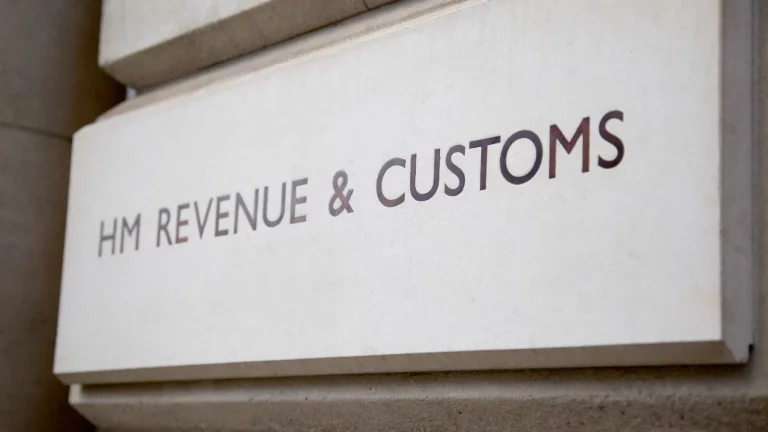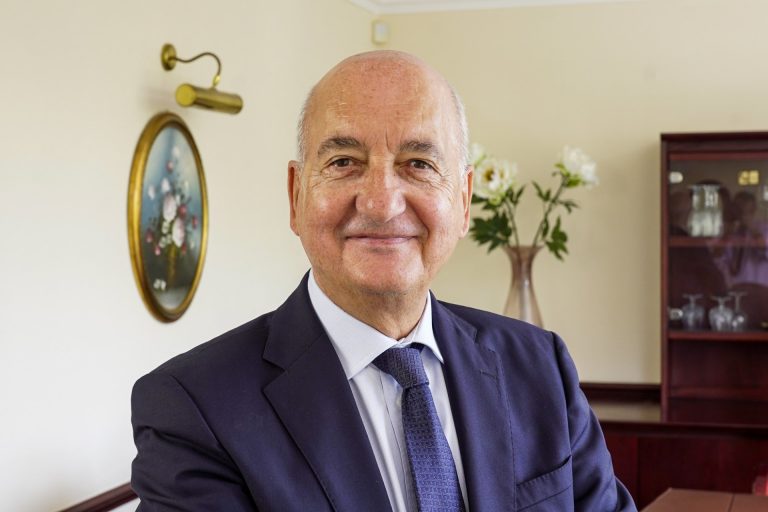Evacuation drill was first of its kind carried out at ABP in Immingham
Former student’s £1.25m kick-starts Dragons’ Den-style ‘enterprise ecosystem’ at Bradford University
A former student from the University of Bradford is putting up £1.25m to launch a Dragons’ Den-style ‘enterprise ecosystem’ at the university to take business ideas from concept to market.
HMRC’s Making Tax Digital rules draw closer for sole traders
APSS completes final phase of £3m luxury retreat expansion


Independent payments broker becomes employee owned
Yorkshire solar energy company scoops two awards
Pioneering scheme helps ex-offenders into employment
Yorkshire & Humber private sector stabilises in December
The headline NatWest Yorkshire & Humber PMI® Business Activity Index – a seasonally adjusted index that measures the month-on-month change in the combined output of the region’s manufacturing and service sectors – rose for the third month in a row to 50.0, from 48.4 in November, signalling a stabilisation of the private sector economy in the region following four successive months of contraction in business activity.
That said, this compared with a moderate expansion in private sector output across the UK overall at the end of 2023.
Private sector companies in Yorkshire & Humber recorded another monthly fall in their new business intakes during December. Generally subdued demand conditions, in part due to a slowing UK economy, was noted by panellists.
While the rate of contraction was modest and the weakest since July, Yorkshire & Humber recorded the second-fastest decline in new orders of all 12 monitored UK regions. The UK as a whole saw growth for the first time in six months.
Although the Future Activity Index remained in firm optimistic territory, it fell further below its long-term average in December, signalling subdued expectations for growth in the year ahead. Predictions of sales growth and new product development underpinned confidence, although economic headwinds was cited as a reason to be downbeat towards the outlook.
After rising for the first time in three months in November, staffing levels across Yorkshire & Humber stagnated during the latest survey period. Efforts to raise productivity were noted by companies that expanded their workforces, although others opted to not extend temporary worker contracts or replace voluntary leavers due to weak demand.
Notably, Yorkshire & Humber was only one of four parts of the UK to not see a decline in employment in December.
Signs of spare capacity within Yorkshire & Humber’s private sector were seen through a tenth successive monthly reduction in the volume of work outstanding during December. Weak demand conditions reportedly facilitated the sustained completion of unfinished business. That said, while the rate of backlog depletion was strong, it was the softest since July.
Private sector companies in Yorkshire & Humber continued to face rising input prices during December. Where greater costs were registered, firms commented on general inflationary pressures across the economy, although some noted higher labour expenses. Overall, the rate of increase in operating costs was sharp and the steepest since July.
In response to higher input costs, private sector firms in Yorkshire & Humber raised prices charged for their own goods and services during December. The rate of inflation quickened to a five-month high, but remained below that seen for the UK as a whole.
Malcolm Buchanan, chair of the NatWest North Regional Board, said: “The stabilisation of Yorkshire & Humber’s private sector is a slice of good news as it ends a four-month period of contraction. That said, the region is still underperforming by comparison with the UK average, which showed a strengthening of growth at the end of 2023.
“Nevertheless, another month in which the slump in demand has eased suggests Yorkshire & Humber may be past the worst of its downturn, and we can begin to look towards some greenshoots in 2024. Indeed, anecdotally, we saw businesses cite sales growth as a reason to be optimistic for the year ahead, with new product launches and slowing inflation expected to boost demand.”












